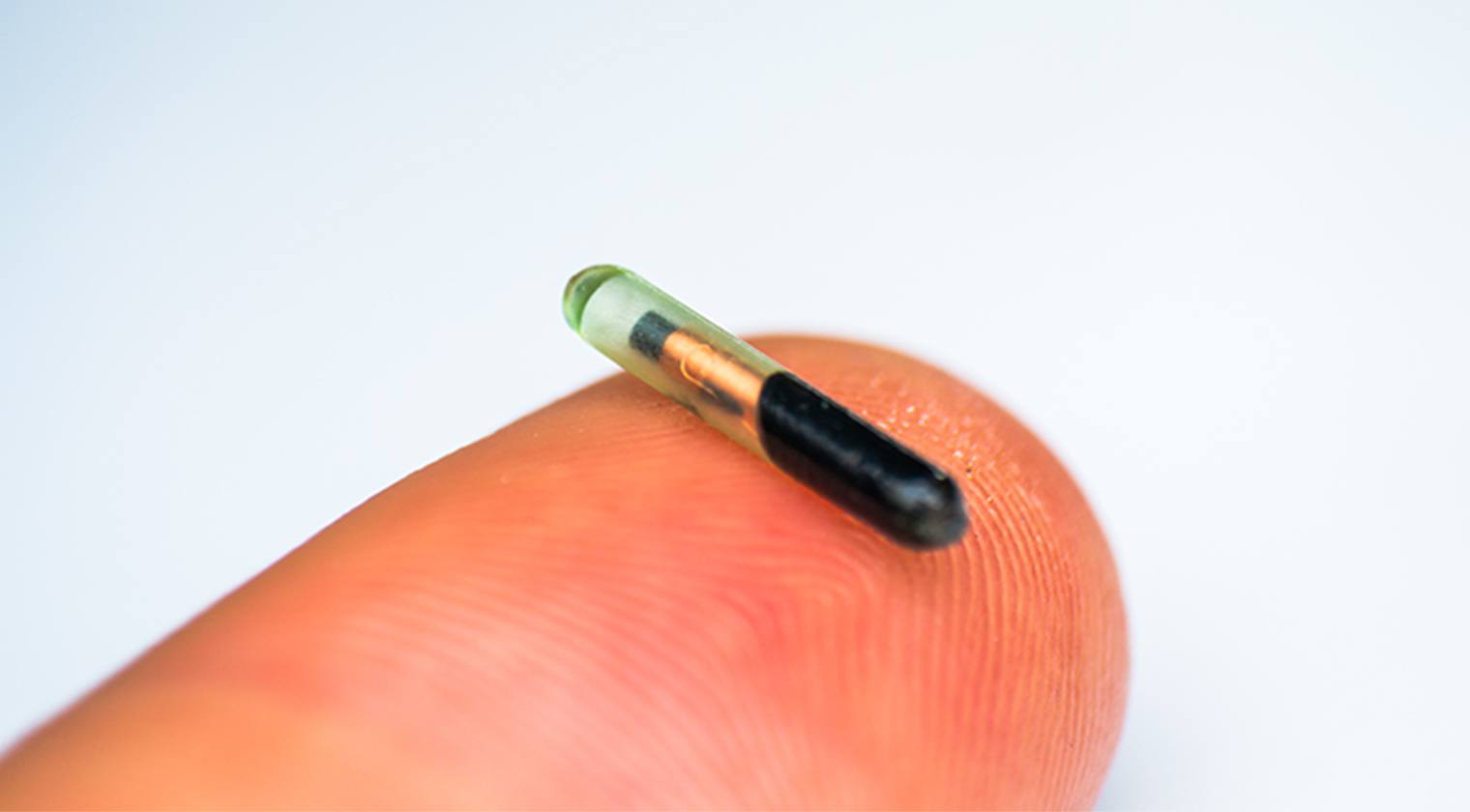Turn Lost Into Found with a Microchip Pet ID
A tag on a collar can easily fall off and be lost. We recommend a microchip for every pet!
by Dr. Christine Becker, PetIQ Veterinarian
Microchip Pet ID
A microchip can be administered at any age and does not require surgery or anesthesia. We recommend not bathing or getting your pet wet for about a week after the microchip is administered, so please plan your bath time accordingly. A microchip is a small, permanent identification chip about the size of a grain of rice. It is injected with a sterile needle under the skin between the shoulder blades.
The microchip is only active when scanned. Your pet’s microchip ID code, just like your pet, is one of a kind. When your lost pet is taken to an animal shelter or veterinary clinic, they will scan your pet for a microchip and its unique code will appear on the scanner. This code is stored with your pet’s profile and linked to your contact information in the registration database online.
A study of more than 7,700 stray animals at animal shelters showed that dogs without microchips were returned to their owners 21.9% of the time, whereas microchipped dogs were returned to their owners 52.2% of the time. Cats without microchips were reunited with their owners only 1.8% of the time, whereas microchipped cats went back home 38.5% of the time. (Lord et al, JAVMA, July 15, 2009) For microchipped animals that weren’t returned to their owners, most of the time it was due to incorrect or lack of owner information in the microchip registry database – so it is very important to keep your information updated if it changes!

Photo of a pet microchip
We recommend a microchip for every pet! A tag on a collar can easily fall off and be lost. A microchip; however, is a small permanent identification chip that is injected under the skin. This procedure takes no longer than a vaccination and many pets hardly react to the injection at all. Even if your pet never leaves your side, you never know when a guest might accidentally leave a gate ajar, or when a natural disaster such as an earthquake or fire may separate you from your pet.
Our microchips come with a lifetime registration with a national database, and are internationally recognized and meet ISO requirements (International Organization for Standardization) which are accepted for international travel.











